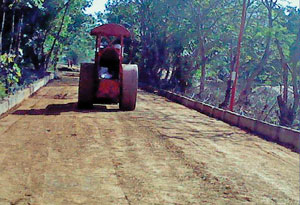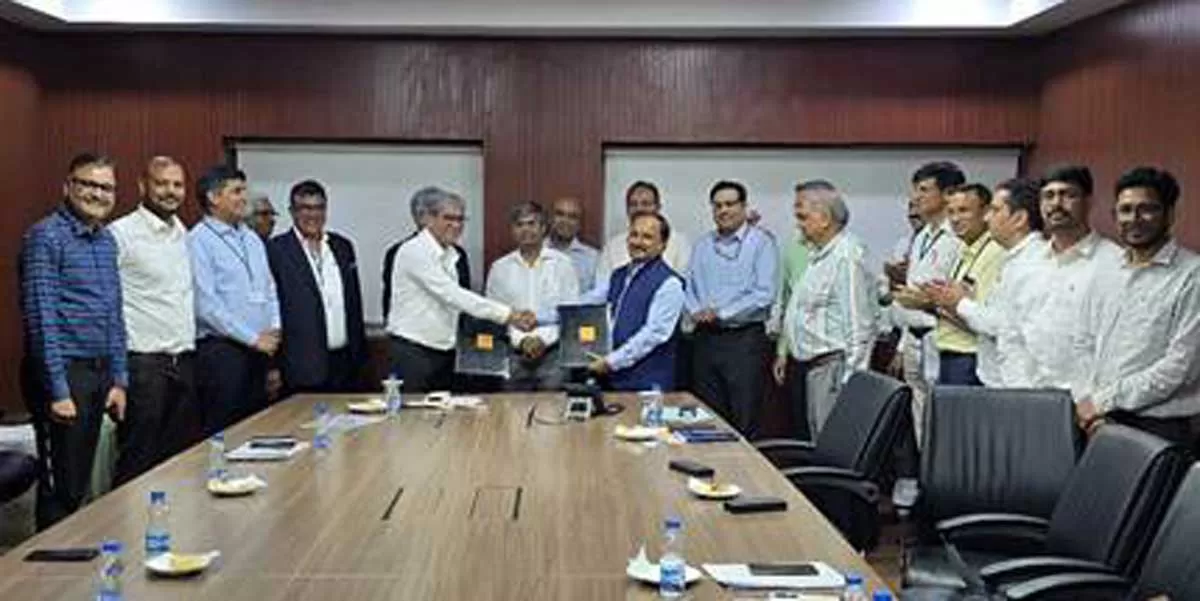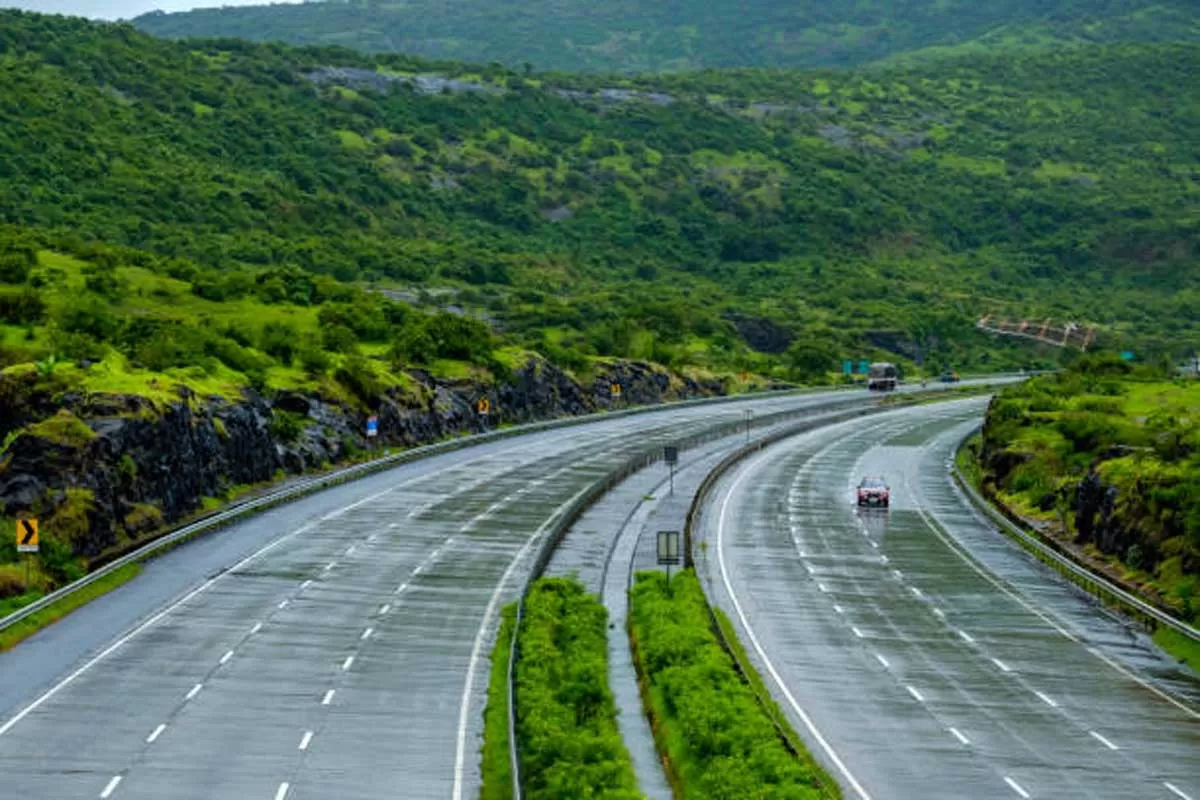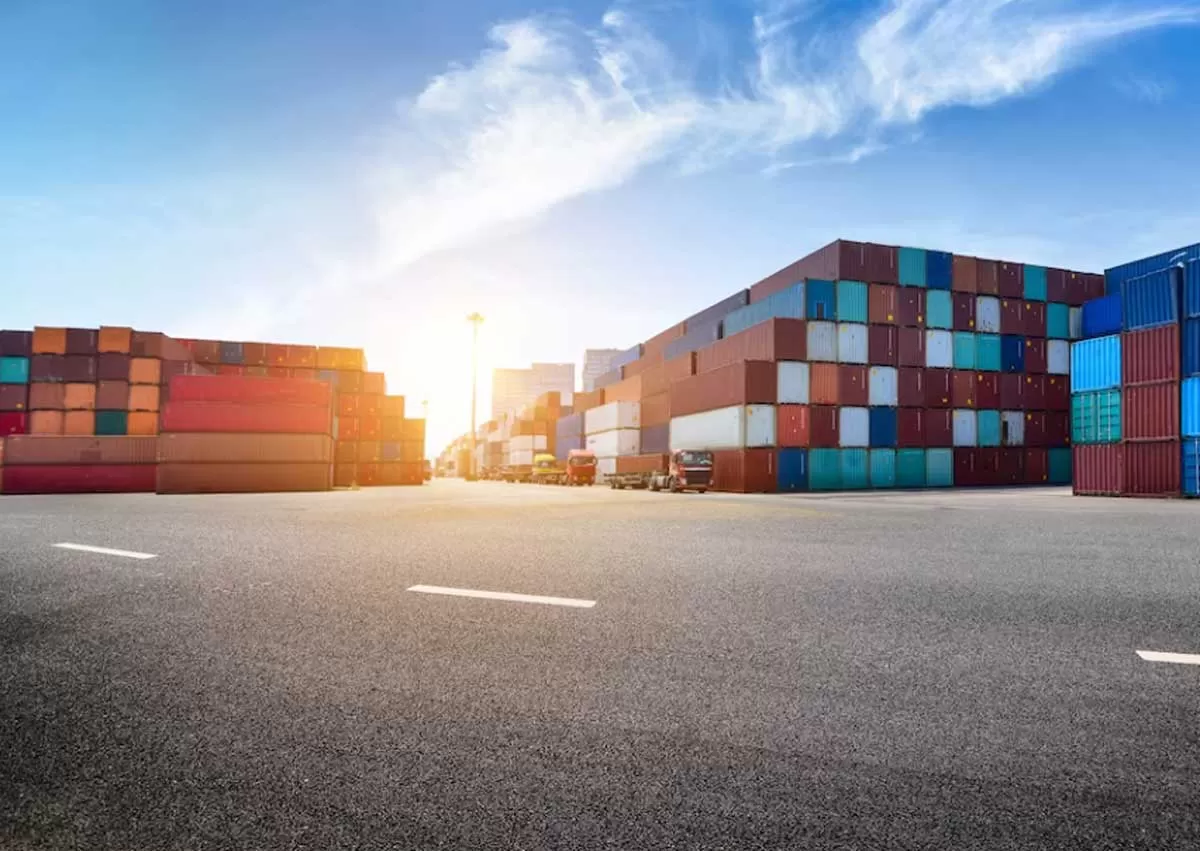The right grade of sub-base is often the main load-bearing layer of a pavement. UTHAYA SHURIYAN and RUSTOM DADABHOY write about the features of TerraZyme, a new bio-enzymatic soil stabiliser that replaces regular sub-bases at lower cost with proven technology.
In a country where road maintenance is a persistent issue, finding a suitable solution to improve the longevity of the road is also a continuous endeavour. The role of a sub-base is to spread the load evenly over the sub-grade. The quality of materials used like the granular sub-base (GSB), wet-mix macadam (WMM) and water-bound macadam (WBM) is very important for the longevity of the road.
A catalyst, TerraZyme is manufactured by biotechnology firm Nature Plus Inc in the US. It is made through fermentation of sugarcane molasses and plant and vegetable extracts and is 100 per cent environment-friendly. It is biodegradable and, hence, a green product. The enzyme improves the engineering characteristics of the soil through various processes, amongst them the process of cat-ion exchange that causes the collapse of the clay-matrix in soils containing clay particles.
This bio-enzymatic soil stabiliser is a perfect substitute for GSB and WMM for road construction available at much lower cost. Substantial improvements in the CBR values of soils treated with TerraZyme are noticed over a certain timeframe; this affects the ability of road structures to function as durable, all-weather roads.
Using TerraZyme
We have taken the initiative to develop the damaged construction road at Hirco Palace Garden, Chennai, for a length of 70 m towards the helipad using this technique. The road was constructed in two layers of 150 mm each with TerraZyme treatment.
The treatment process started from the sub-grade level. The first layer of 150 mm thickness was constructed with Terrazyme using hill earth of the excavated soil by ripping the top 150 mm of the soil surface and pulverising using a rotovator and plough.
TerraZyme is taken and added in the ratio of 200 ml to 3.0 cu m of the soil mix (the volume is the compacted volume). Then, the surface is rolled with a 8-10 tonne compactor. The second layer is then constructed in the same manner as the first layer and by adding 40 mm metal 25 per cent by volume. While calculating TerraZyme quantity, the metal percentage is discounted and only TerraZyme is calculated for soil volume (compacted).
The construction process
The existing murrum road is watered and soaked overnight. Thereafter, the road is ripped using a cultivator to the required depth of 150 mm. This operation requires a minimum of four passes. The soil is pulverised using the rotary tiller/plough. The pulverisation helps getting the maximum surface area of soil particles in contact with TerraZyme. This operation requires a minimum of two passes.
The entire contents of TerraZyme and water are sprayed over the predetermined area in an equal number of passes. This ensures uniform spreading of TerraZyme into the soil. After the spraying of water is complete, the engineer starts mixing the enzymes through the soil with the help of a mixing equipment. A rotary tiller, rotovator or plough is recommended until the enzyme mix is tho¡roughly and uniformly distributed through¡out the soil. It is important that the water and enzymes come in contact with all the soil particles in the treated layer. After the mixing process is completed, the engineer will start compaction once the soil approaches optimum moisture content (OMC). If the soil is below OMC after the mixing process, the engineer can add more water on top of this soil layer and mix it evenly into the soil to raise the moisture content. No additional TerraZyme will be required if the correct amount has been added previously. Compaction will take place with multiple passes of a heavy vehicle. At least two wet and dry rolling cycles need to be completed after final rolling.
Road performance
We completed the trial in January 2012. The road was used without any topping and was used as a construction road for moving materials to the site with heavy vehicles plying on it, even during the monsoons. The road did not undergo any damage during this period. It was also tested by Anna University and all test parameters were successful.


















